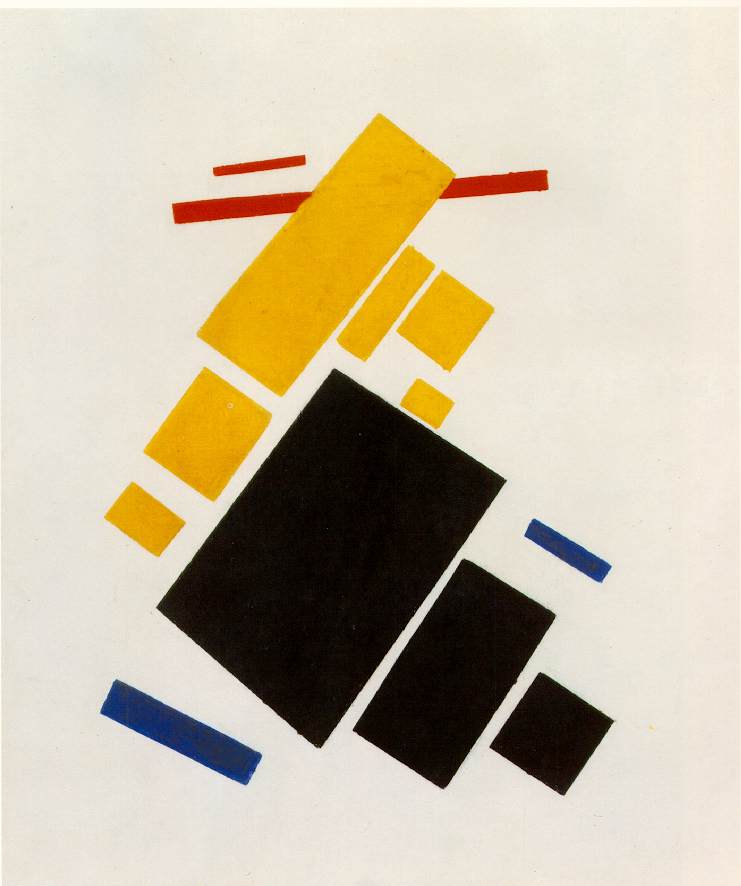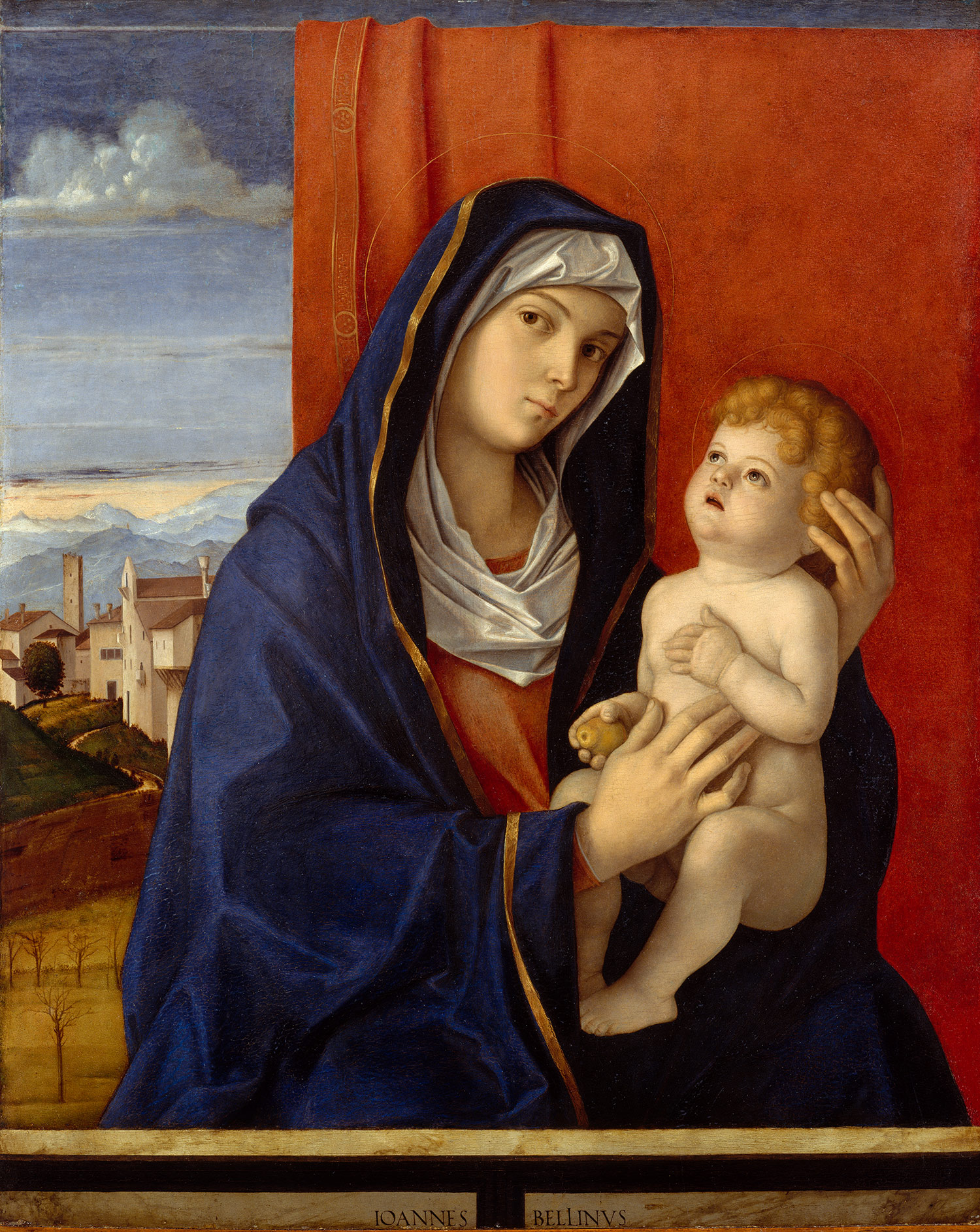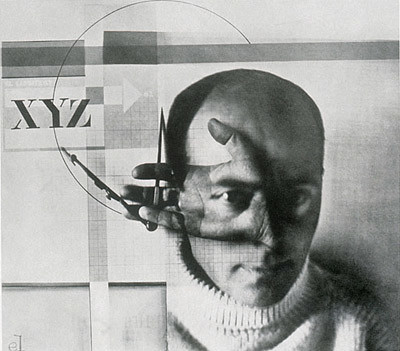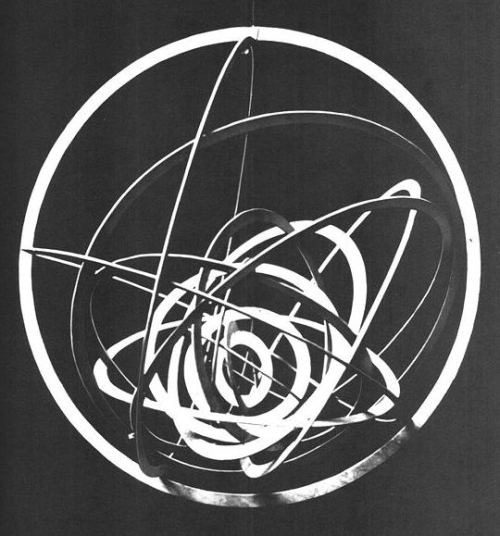"Laughing Child" by Robert Henri
Cincinnati
born, Robert Henri, became the leader of the American Ashcan School as well as
a noted art instructor. One of his paintings that Henri created, Laughing Child, caused controversy
throughout the upper class. The painting depicted a small little girl, with
short hair, smiling and LAUGHING. Guys, she was laughing! That is crazy. Girls with
short hair are not supposed to laugh AT ALL! Well, this is pretty much the same
reaction that those opposed to the painting had.
Back
then, those living in poverty would cut their children’s hair to manage the lice
infestation, due to over population. So this little girl having short hair, we
can infer that she came from a not so rich family. The thing that made people
not appreciate this painting is the fact that the painting portrays lower-class
people to be happy too. They only thought to see the poor being depicted as
humorous or comical in paintings, NOT as a happy human being.
 When
looking at this painting, I thought that it was ironic how in William Glackens’s
Chez Mouquin (1905), that painting
shows a seemingly rich couple being unsatisfied. Glackens co-founded the Ashcan
school, so I am pretty sure he shared similar ideas about social classes with
Henri. Mouquin is a well known restaurant in Uptown New York in 1905, owned by
Jeanne Louise Mouquin and Henri Mouquin, who are the ones painted in the art
work. The woman seems bored out of her mind. Both stare to their left, probably
watching people walk by, but nonetheless they both seem unfulfilled. Assuming that they are rich (because their location
and outfit), it makes me laugh at the comparison of both paintings; happy poor
child vs. bored rich couple.
When
looking at this painting, I thought that it was ironic how in William Glackens’s
Chez Mouquin (1905), that painting
shows a seemingly rich couple being unsatisfied. Glackens co-founded the Ashcan
school, so I am pretty sure he shared similar ideas about social classes with
Henri. Mouquin is a well known restaurant in Uptown New York in 1905, owned by
Jeanne Louise Mouquin and Henri Mouquin, who are the ones painted in the art
work. The woman seems bored out of her mind. Both stare to their left, probably
watching people walk by, but nonetheless they both seem unfulfilled. Assuming that they are rich (because their location
and outfit), it makes me laugh at the comparison of both paintings; happy poor
child vs. bored rich couple. In a survey titled "Joys and Dilemma of Wealth" by Boston College, funded by the
Bill & Melinda Gates Foundation and Calibre Wealth Management, the wealthiest set revealed they are an unhappy bunch -- worried about appearing ungrateful, rearing bratty children and failing to meet expectations.
Many poems, from famous to
not-so-famous, discuss the subject of being happy and poor vs. sad and rich.
One in particular poem that describes both sides of the fence of being rich is Robert William Service's "The Joy of Being Poor."
I
Let others sing of gold and gear, the joy of being rich;
But oh, the days when I was poor, a vagrant in a ditch!
When every dawn was like a gem, so radiant and rare,
And I had but a single coat, and not a single care;
When I would feast right royally on bacon, bread and beer,
And dig into a stack of hay and doze like any peer;
When I would wash beside a brook my solitary shirt,
And though it dried upon my back I never took a hurt;
When I went romping down the road contemptuous of care,
And slapped Adventure on the back -- by Gad! we were a pair;
When, though my pockets lacked a coin, and though my coat was old,
The largess of the stars was mine, and all the sunset gold;
When time was only made for fools, and free as air was I,
And hard I hit and hard I lived beneath the open sky;
When all the roads were one to me, and each had its allure . . .
Ye Gods! these were the happy days, the days when I was poor.
II
Or else, again, old pal of mine, do you recall the times
You struggled with your storyettes, I wrestled with my rhymes;
Oh, we were happy, were we not? -- we used to live so "high"
(A little bit of broken roof between us and the sky);
Upon the forge of art we toiled with hammer and with tongs;
You told me all your rippling yarns, I sang to you my songs.
Our hats were frayed, our jackets patched, our boots were down at heel,
But oh, the happy men were we, although we lacked a meal.
And if I sold a bit of rhyme, or if you placed a tale,
What feasts we had of tenderloins and apple-tarts and ale!
And yet how often we would dine as cheerful as you please,
Beside our little friendly fire on coffee, bread and cheese.
We lived upon the ragged edge, and grub was never sure,
But oh, these were the happy days, the days when we were poor.
III
Alas! old man, we're wealthy now, it's sad beyond a doubt;
We cannot dodge prosperity, success has found us out.
Your eye is very dull and drear, my brow is creased with care,
We realize how hard it is to be a millionaire.
The burden's heavy on our backs -- you're thinking of your rents,
I'm worrying if I'll invest in five or six per cents.
We've limousines, and marble halls, and flunkeys by the score,
We play the part . . . but say, old chap, oh, isn't it a bore?
We work like slaves, we eat too much, we put on evening dress;
We've everything a man can want, I think . . . but happiness.
Come, let us sneak away, old chum; forget that we are rich,
And earn an honest appetite, and scratch an honest itch.
Let's be two jolly garreteers, up seven flights of stairs,
And wear old clothes and just pretend we aren't millionaires;
And wonder how we'll pay the rent, and scribble ream on ream,
And sup on sausages and tea, and laugh and loaf and dream.
And when we're tired of that, my friend, oh, you will come with me;
And we will seek the sunlit roads that lie beside the sea.
We'll know the joy the gipsy knows, the freedom nothing mars,
The golden treasure-gates of dawn, the mintage of the stars.
We'll smoke our pipes and watch the pot, and feed the crackling fire,
And sing like two old jolly boys, and dance to heart's desire;
We'll climb the hill and ford the brook and camp upon the moor . . .
Old chap, let's haste, I'm mad to taste the Joy of Being Poor.
The contrast between Henri and Glacken's paintings can be described amazingly through this poem. I just love how well all three pieces of culture come together like a puzzle.
http://famouspoetsandpoems.com/poets/robert_william_service/poems/12557.html
http://abcnews.go.com/Business/concerns-super-rich-wealth-bring-happiness/story?id=13167578



















.jpg)


























